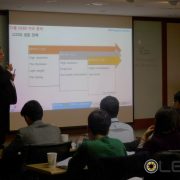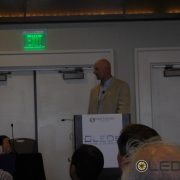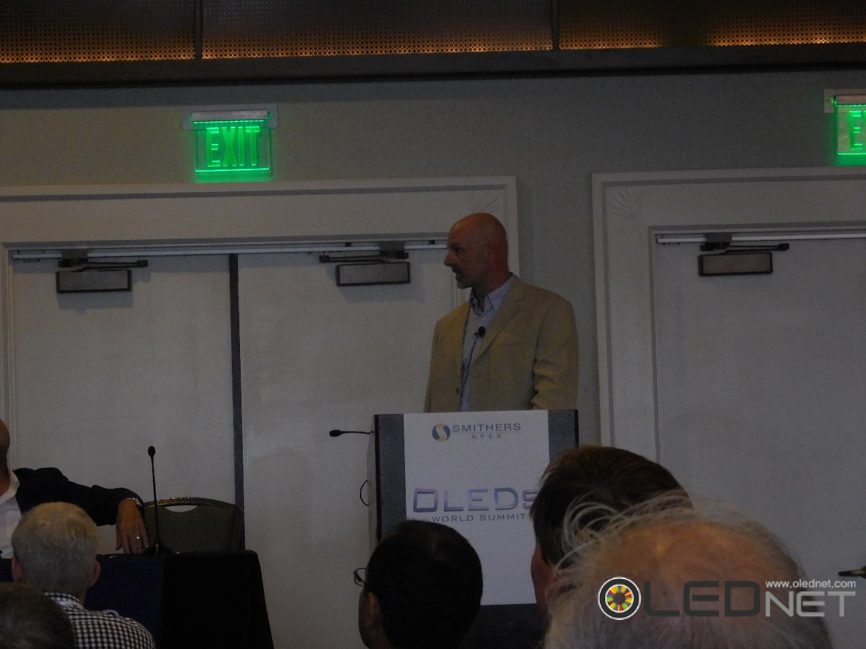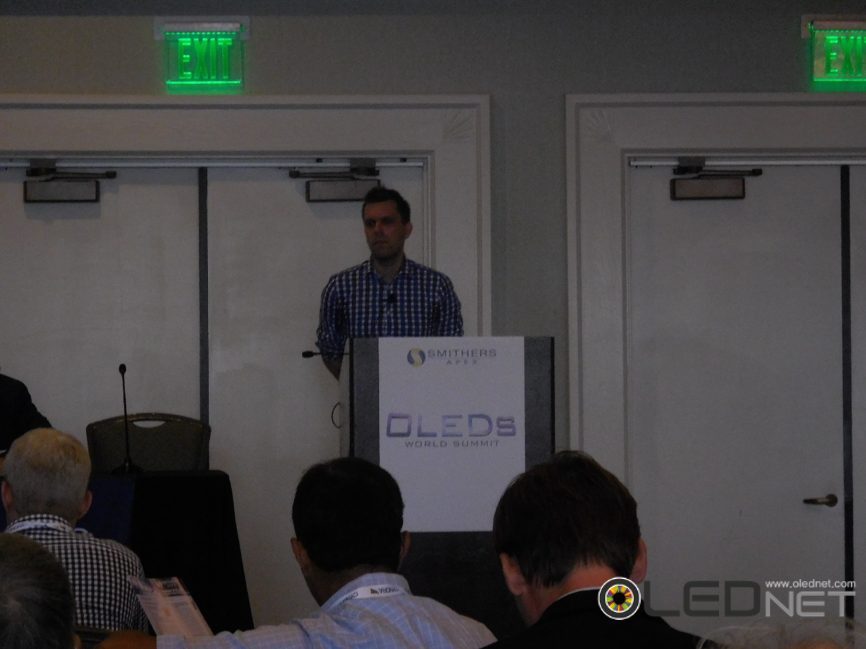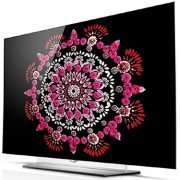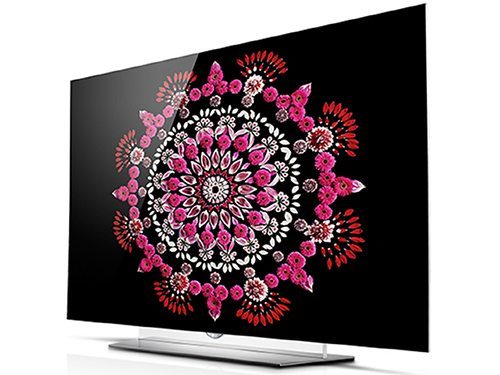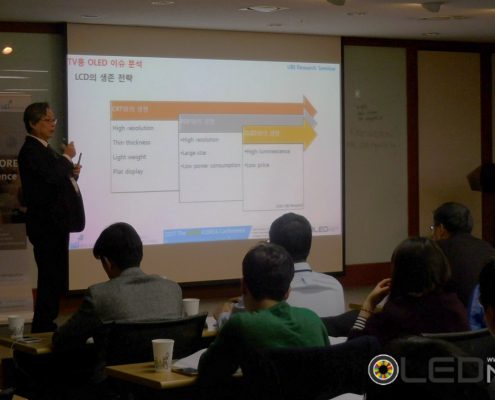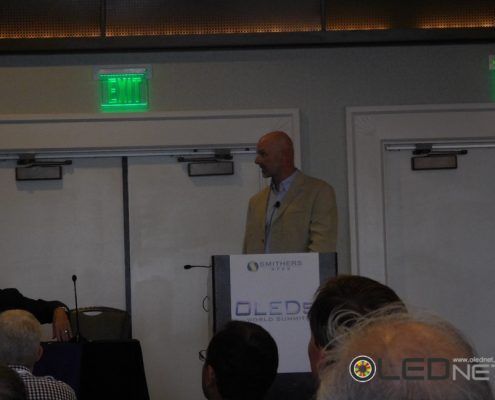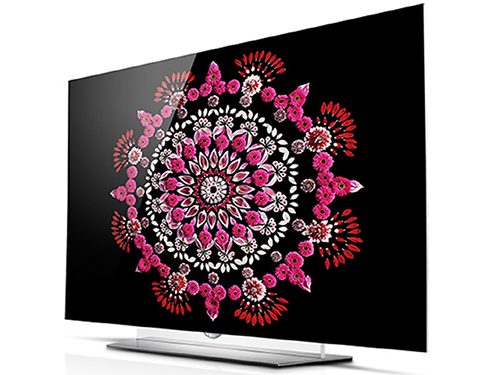OLED TV, leading a new paradigm in the display market
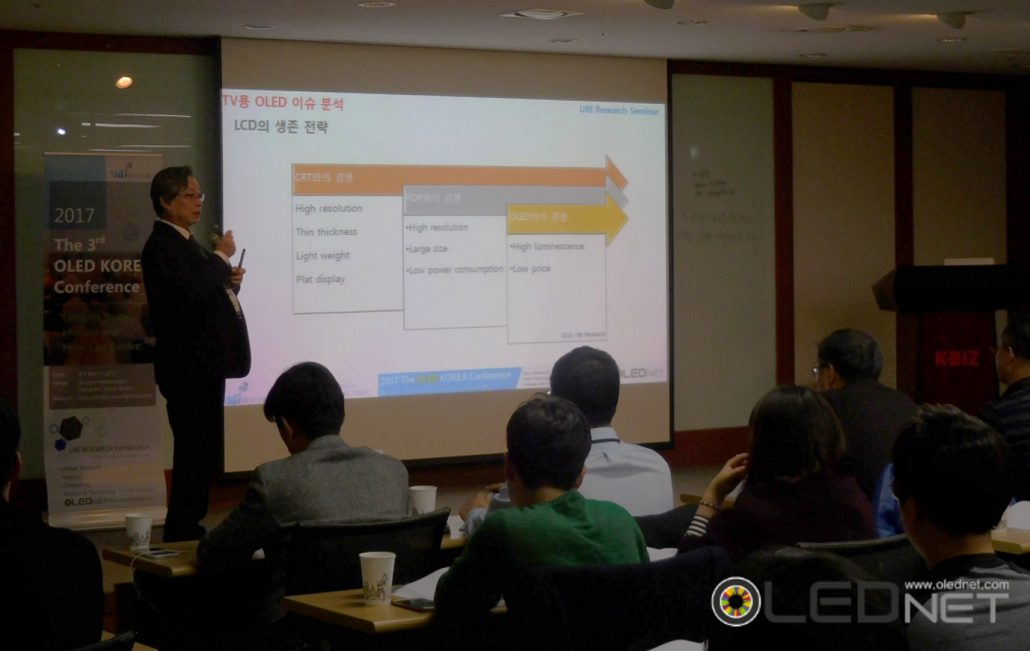
‘2016 OLED accounting seminar was held by Ubi industrial research on Dec 2nd in the Small& Medium Enterprise Hall. Lee, ChungHoon, the president of Ubi industrial research said, “OLED is leading a new paradigm in the display market, advancing a perfect black color and fast response rate compared to LCD. Most LCD manufacturers have introduced QD-LCD with the enhanced color reproduction, compared to the existing LCD. However, OLED is also in the evolution of display technology ”
LG electronics set up dark light at the booth in CES 2016; but later in IFA 2016 it displayed OLED TV, brightening the booth to show the confidence in luminance of OLED TV. Via CES 2016 and IFA 2016 the luminance has been improved from 600 nits to 800 nits, and next year OLED TV with higher than 1,000 nits will be launched.
The president Lee said, “In the current TV market, the unit price of OLED panel is triple the price of LCD and QD-LCD is double. If LG display reduces the OLED panel price, LCD manufacturers will be threatened due to the competitive pricing and technology of OLED panel.”
LCD manufacturers need to prepare marketing strategy for QD-LCD to be distinguished from OLED. Certainly there has been a market interest increased in QLED which seems, however, to be at a very early development stage like an embryo in the product life cycle. The soluble OLED will be introduced in the market earlier than QLED, the development of which prospectively takes at least 10years.
The primary issues of OLED TV can be summarized in three elements-size, price and luminance. The current OLED TV size is mainly 55”, but it is important to form a market for 65” and larger. The investment in Gen 10 line is necessary but has not been well established yet. As far as the price is concerned, if the ink jet technique is implemented in a new production line the price can be significantly reduced. The luminance can also be improved by 3-stack and top emission structure.
The shipping amount in 2016 is 390million, and will reach 1.5billion in 2020 in prospect. Flexible OLED panel will lead the high-end market while a rigid OLED panel for the mid-end market. The revenue will grow from 17trillion in 2016 to 60trillion in 2020. The estimate can be accomplished if Chinese manufacturers such as BOE, Tianma and GVO successfully advance and continue to grow in the market.
The current OLED market is growing in the mobile-oriented market, however, since 2018 TV will be stably settled and well established in the future.

